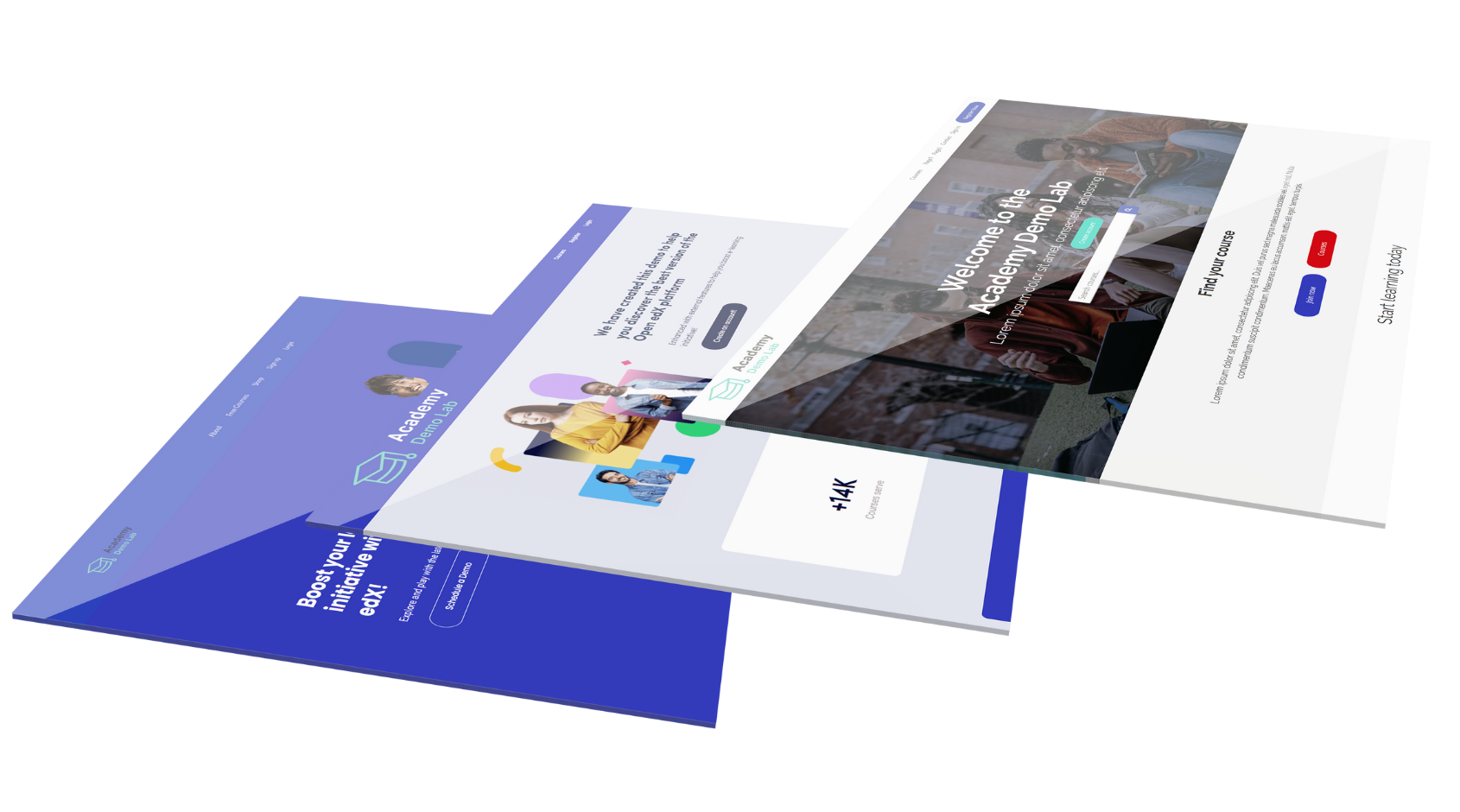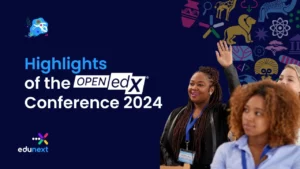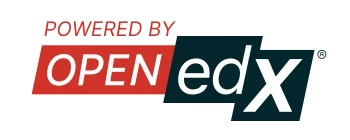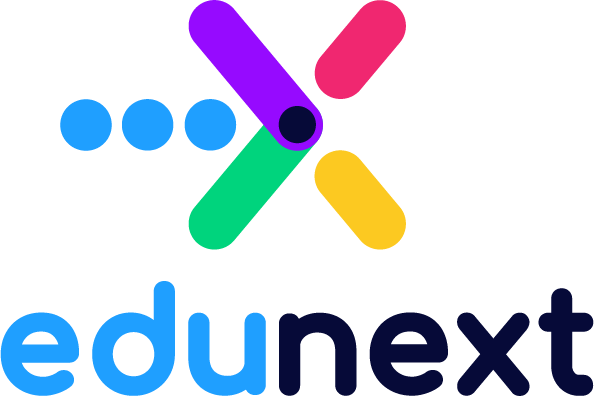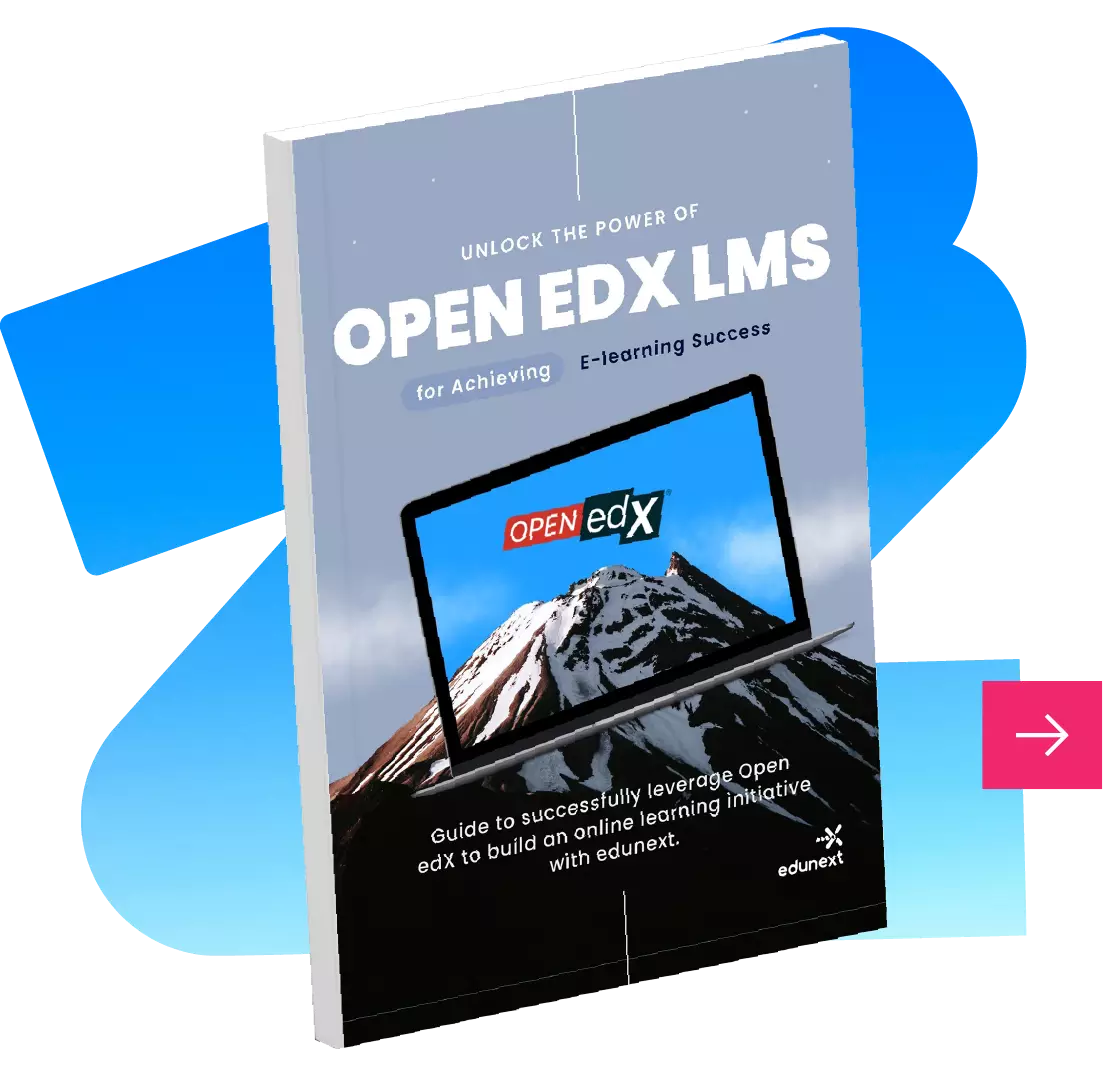Table of Contents
Open edX in Multi-Tenancy configuration
As the demand for online education continues to grow, many institutions are using online learning platforms in a growing number of ways, and some have realized the advantages of hosting different projects or initiatives in separate environments in order to gain the independence required to fulfill each initiative’s unique needs.
However, using the same platform for multiple initiatives also provides some advantages as it allows standardizing processes, optimizing costs, and improving maintainability.
We’ll refer here to Multi-tenancy, the particular configuration, which enables organizations to successfully run multiple LMS sites published in different domains, out of a single Open edX installation, with some different configurations and theming, keeping independence between the initiatives and bringing the advantages of a single well-maintained and supported platform.
The Open edX platform in multi-tenant configuration is a great alternative for institutions to expand their services to a wider public, as well as to support different market segments with a course offering and configurations based on their needs and interests.
Some of the most common business cases that can be supported include:
- Having a production site and a sandbox site for managers to be able to make and test changes and configurations before configuring and changing the official site.
- Having multiple production sites for the same initiative, each configured with a different language to target specific populations or geographies.
- Running a public site is open to everyone and an internal site that is restricted to a specific audience by means of having more restricted configurations for the registration and login.
- Running multiple completely independent online initiatives out of a single platform.
Understanding Multi-Tenancy in the Open edX Platform
Part of this capability was initially added to the open edX platform with a data structure called “Microsites”, which was later deprecated in favor of a new structure called “sites” and “site configurations”. When using this approach, each site is configured to host the courses of a particular organization, and each course is then created from Studio in the corresponding organization in order to have it appear in a particular site. However, while this feature allows you to host multiple LMS sites with independent course catalogs out of a single Open edX installation, it has some significant limitations that in our experience can discourage its use, as described in the table below.
Exploring eduNEXT's Enhanced Multi-Tenancy Capabilities for Open edX Platforms
In addition to these limitations, the multi-tenant capabilities included in the master version of the Open edX platform are being progressively reduced, as they are not necessarily core to the strategy for edX.org, the main driver of development and innovation for the Open edX platform. The site configurations capability is planned to be deprecated by the Nutmeg release and likely removed in Olive or the next stable release of the platform.
As part of eduNEXT’s involvement in the open edX community, we have always promoted and contributed to the advancement and maintenance of the multi-tenancy capabilities, as we consider them to be not only critical to our shared cloud open edX provisioning services, but also a great opportunity for our clients to leverage in order to optimize their experience using the Open edX platform.
For that reason, we have enhanced the existing Open edX capabilities to provide a more consistent and robust version of the Open edX multi-tenancy that covers both the independent configuration for sites (or tenants) and also a set of fine-grain theming and content capabilities per tenant.
The table below highlights the main advantages of eduNEXT’s approach for the platform configurations.
| Advantages | Limitations |
|---|---|
|
|
How to leverage eduNEXT’s enhanced Multi-tenancy capabilities?
If you are a current eduNEXT cloud-based subscriber in the enterprise or performance tiers, you can make use of the multi-tenant as part of your subscription.
For on-premise subscriptions or stand-alone initiatives, these capabilities can be added through eduNEXT’s consulting services. For more information, reach out to sales@edunext.co

